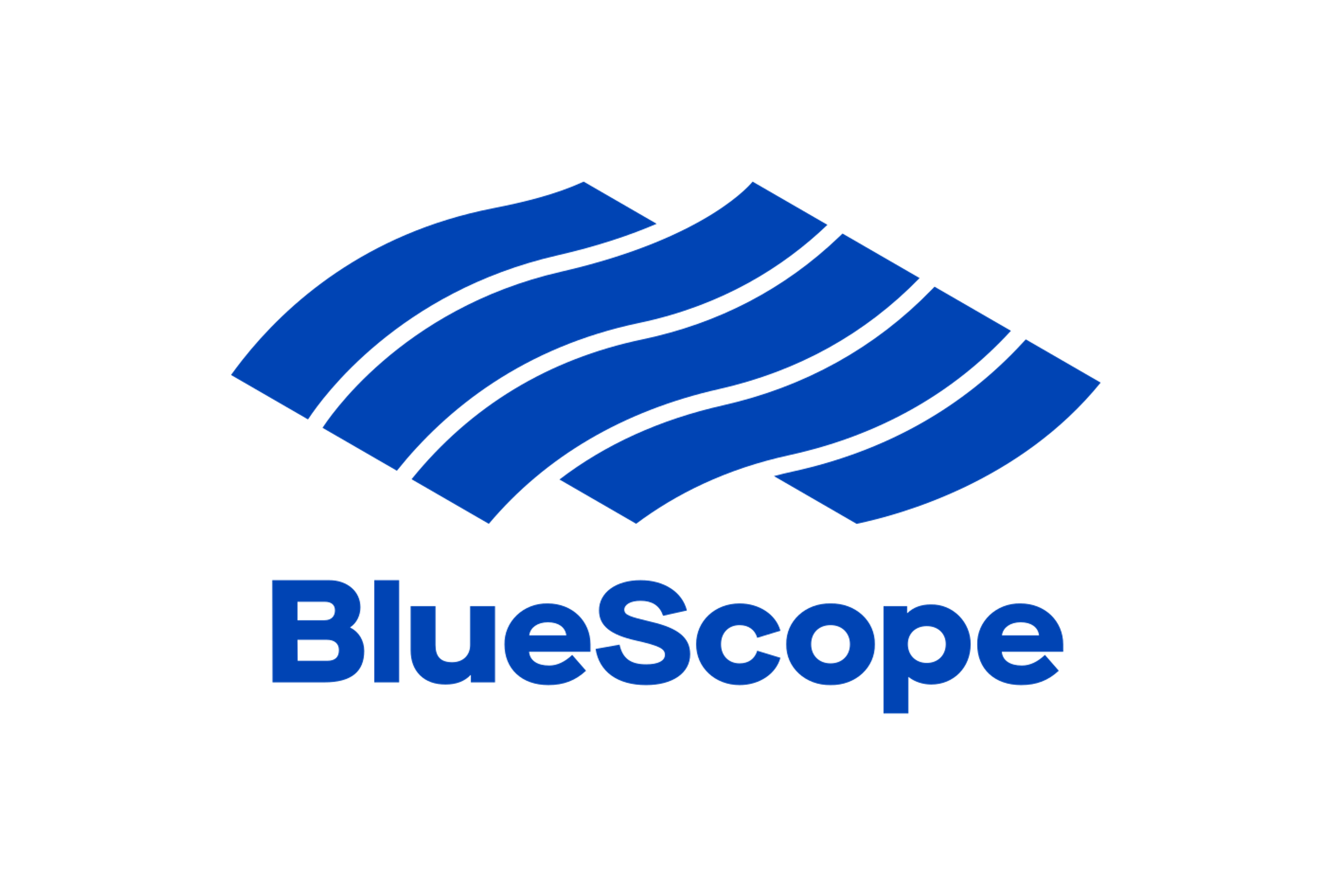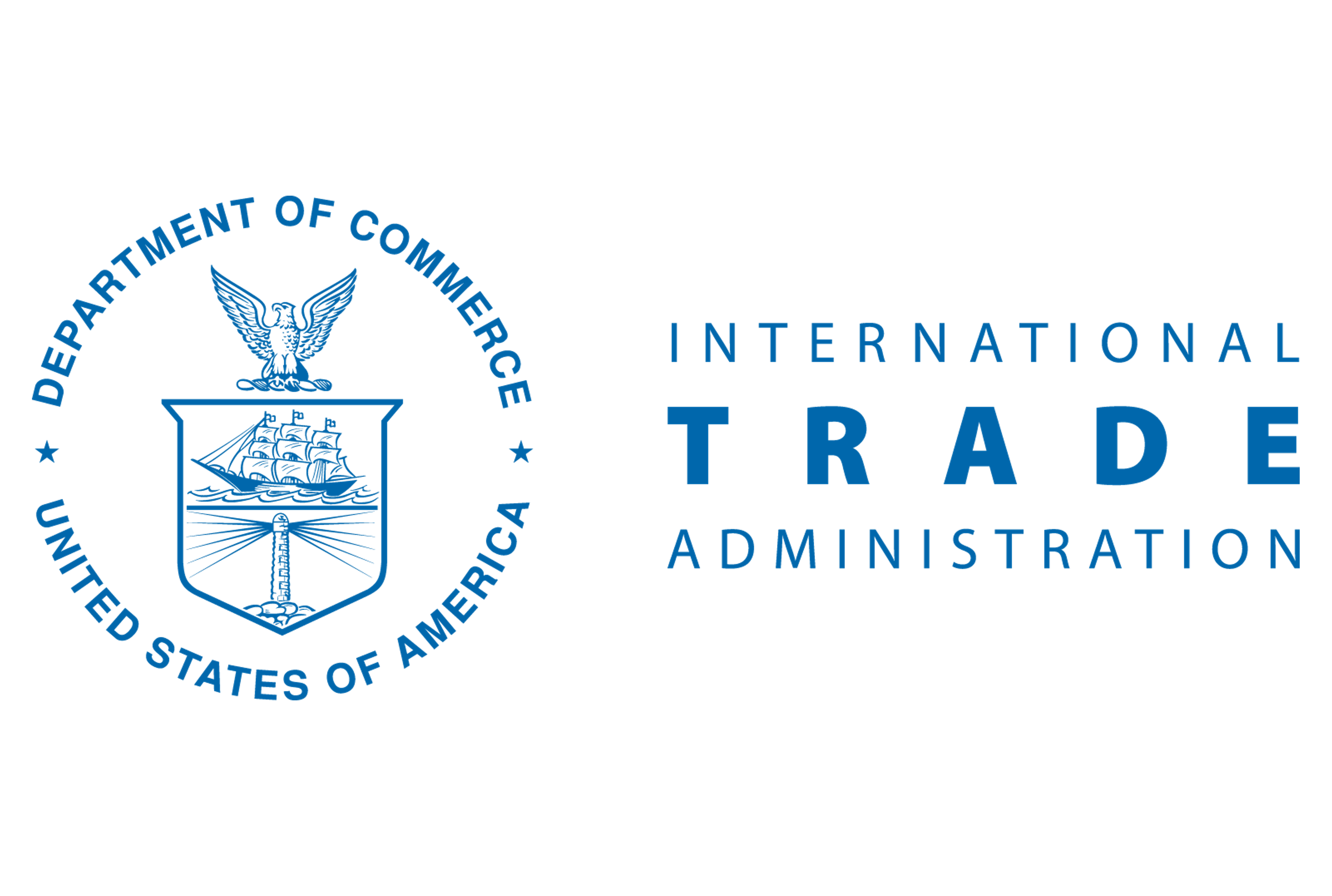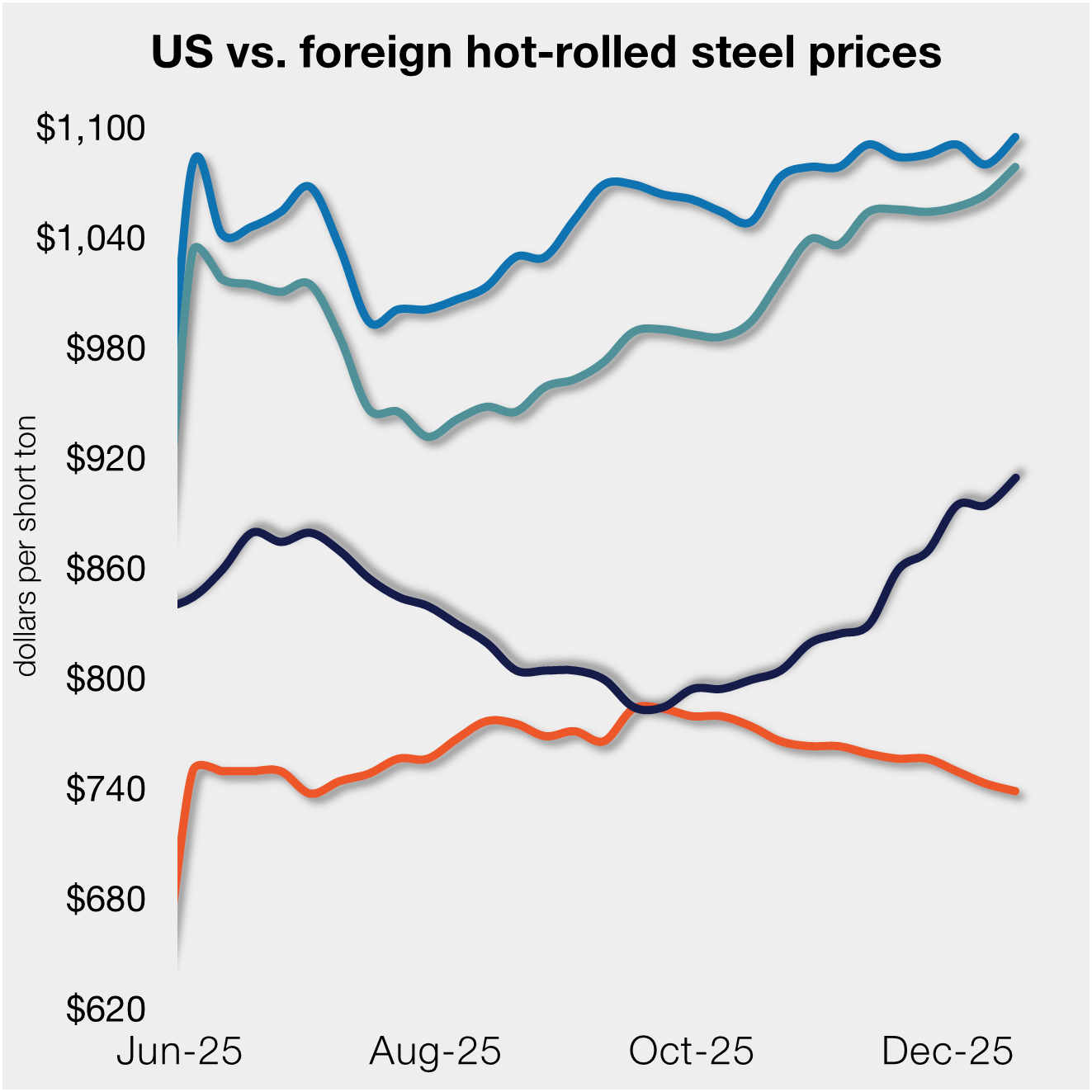Overseas
July 18, 2025
CRU Outlook: Near-term regional steel price trends will diverge
Written by Juliana Guarana
Chinese steel export prices are expected to rise and support prices across most of Asia in the coming month. In Europe, buyers are likely to frontload import orders ahead of CBAM imposition, while new trade agreements are likely to emerge in the US.
Steel prices in the APAC are expected to rise, except in India
Chinese steel export prices are likely to rise slightly in the coming month on the back of production restrictions in regions such as Tangshan ahead of the early-September military parade in Beijing. As of mid-July, the local government has already instructed some mills in Tangshan to reduce production before early September.
Moreover, the upcoming seasonally strong period for steel consumption between September and October is also likely to result in reduced export allocation by Chinese mills and support steel export prices. However, Chinese steel export market confidence remains depressed, and some mills are still willing to export at low prices. This is likely to limit a significant rise. Also, a potential escalation of trade tensions remains a downside risk for Chinese steel export prices.
The expected near-term rise in Chinese steel export prices is likely to support steel prices across most of Asia in the coming month. The exception will be India, due to the deferral of the implementation of the new quality control order on semi-finished steel used to produce imported finished steel. This deferment means that non-compliant imports which were stuck at ports or were in transit will now be cleared by customs and feed into the domestic market in the seasonally weak Q3, putting downward pressure on steel prices.
EU buyers are likely to frontload imports ahead of CBAM levy
In Europe, domestic steel prices are expected to hit bottom in the coming weeks as they approach production cost floors. We are not aware whether European mills are already cutting production, but this may occur if margins become negative. In parallel, European buyers are likely to frontload imports and orders at domestic mills as the customs window to clear imports ahead of CBAM approaches. This should also support a price recovery in 2025 H2. In parallel, Turkish rebar export prices are expected to recover slowly from the current lows in the short term.
In the US, domestic steel prices are likely to remain range-bound in August as service centers are expected to trim down excess inventories built in 2025 H1. A downside risk to this expectation is the potential rise in steel supply. Although import arrivals have started to fall following the reinstatement and increase of Section 232 tariffs, domestic supply, particularly for sheets, has risen alongside the continued ramp-up of new EAF-based facilities. Moreover, new bilateral trade deals are likely to materialize in the near term, and any agreements to lower the tariff rate on steel will lead to lower price levels.
The analysis above was first published by CRU. To learn about CRU’s global commodities research and analysis services, visit www.crugroup.com.






